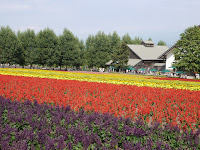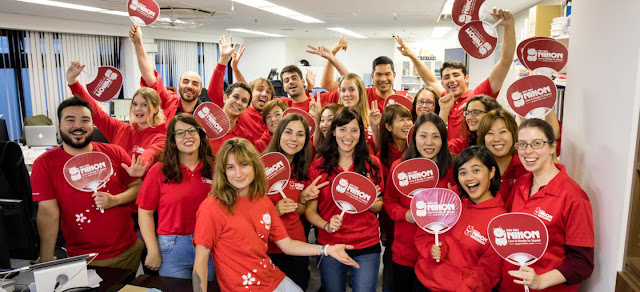Usually this kind of place would come with higher prices, but while traveling around and researching for my latest book, Super Cheap Hokkaido, I was surprised to find that the island is actually a cheaper place to travel than most other prefectures in Japan. While things are more spread out, hostels and hotels are cheaper, and tourist traps are few and far between.
There are many free and cheap things to do in Hokkaido, but the following are the must visits. Any budget traveler to the island should include them on their trip!
Explore the Volcanic Kawayu Onsen
Kawayu Onsen, located in the north-east of Hokkaido, is a popular hot spring town. Getting there is half the fun, as you can walk here from the station via the Iozan, a non-dormant volcano with wide sulfurous vents. When you arrive at the town, you can dip your feet in the free footbath or spend a few hundred yen at the municipal hot spring for the full onsen experience. Kawayu Onsen therefore ends up being a really cheap day trip, and is one of the easiest places in Hokkaido for first-timers to try out hot springs.
Try Fresh Sashimi in Kushiro
Kushiro is often just used as a transportation hub when in the east of Hokkaido, but it’s worth exiting the station to check out the Kushiro Washo Ichiba Market. Full of recently caught fish from the nearby harbour, it contains over 50 shops, restaurants and takeaways. Best is to head to one of the seafood stalls, point at the sashimi items that look appetising and ask it to be served on rice. A few seconds later, you’ll be eating one of the freshest, and cheapest, seafood bowls of your life!
See the Flowers in Furano
The famous lavender and flower fields of Furano and nearby Biei really pull in the crowds, but as this is Hokkaido, it never feels too packed. Almost all of the colourful fields are free and special trains are put on in the lavender season so that it’s super easy to reach them on a Japan Rail Pass or a Hokkaido Rail Pass. You can spend at least a day or two exploring the area, trying out lavender-flavoured ice creams and the delicious locally-produced melons, then stay in one of the many budget hotels or hostels along the train tracks.
Go for a Walk in the Onuma Quasi National Park
Onuma is a nice little stop off point along the way from Hakodate, the main city in the south of Hokkaido, to Sapporo, the prefecture’s capital. The beautiful lakes here do have cruises on offer, but they tend not to be that busy due to the excellent, numerous walking trails around the various islands. Some people also rent a bike and cycle around the whole lake area.
Stroll Around in Otaru
About an hour or so from Sapporo, Otaru is a seaside port town, and was once a major commercial hub. It’s now a more chilled-out location, with a quiet canal, frequent festivals and lots of tax-free souvenir shops. It’s especially pleasant on winter evenings, when the canal is lined with snow and old-fashioned Japanese lanterns.
Today's guest post is by Matthew Baxter, author of Super Cheap Hokkaido. Like what you see? Super Cheap Hokkaido is the ultimate travel guide to this wonderful island, full of loads of tips, listings and maps to make sure you have an enjoyable, and affordable, time there. It’s available now on Amazon and at the official Super Cheap Guides website.





























